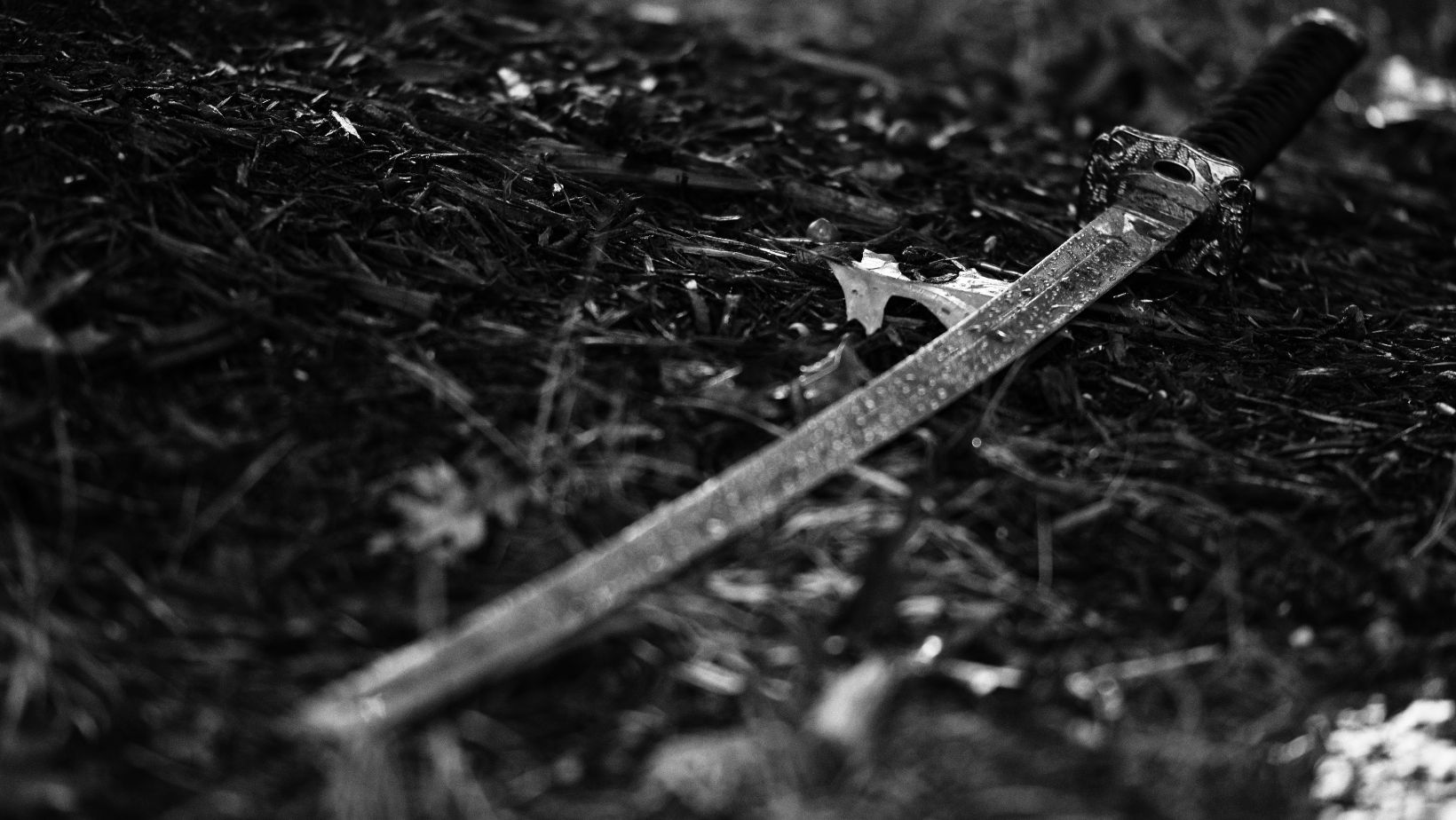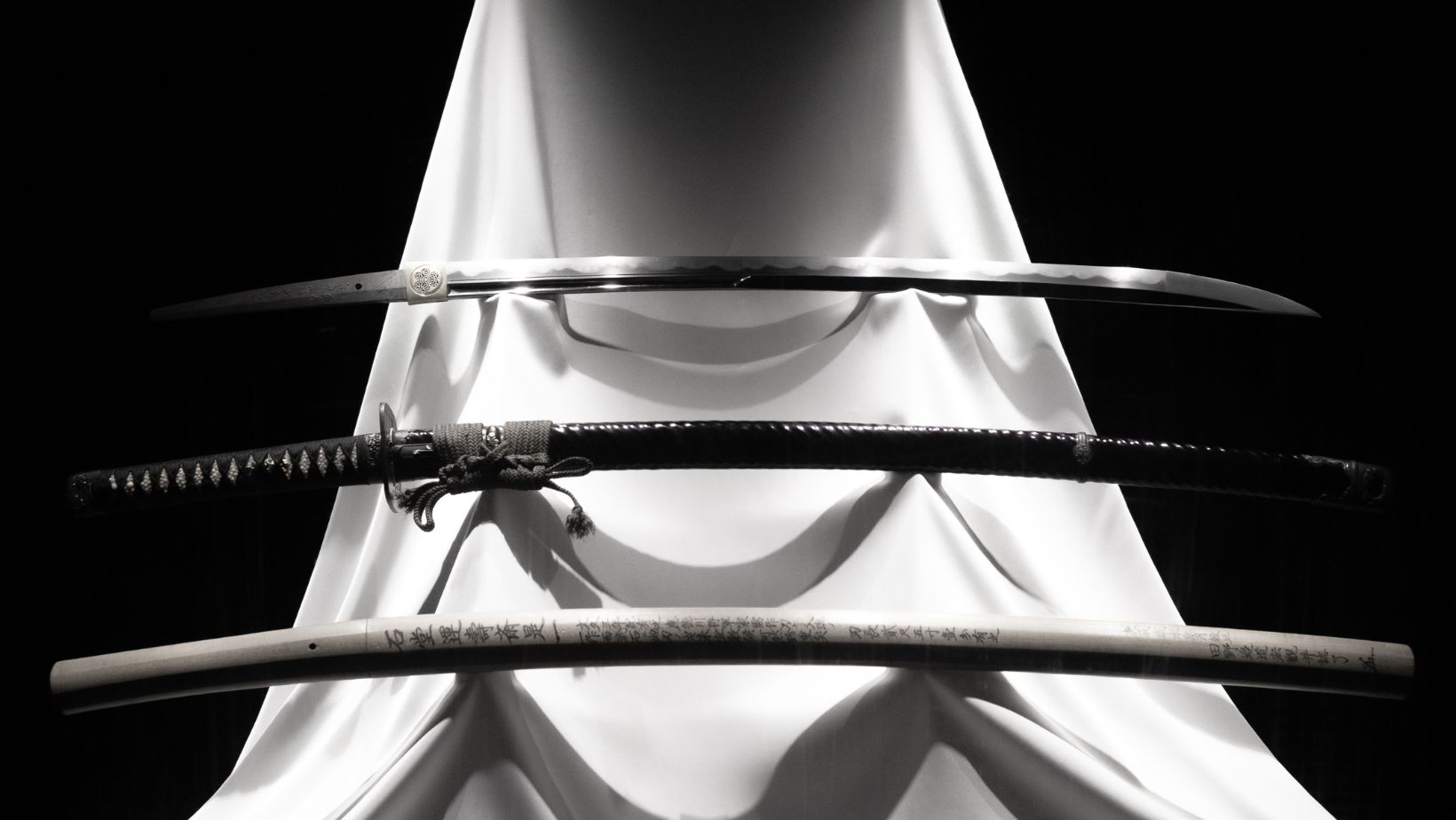Japan’s iconic sword has evolved from being used for war into an integral symbol in global pop culture. From military origins through movies, video games, fashion and Bushido codes of conduct all the way up to popular media such as video games or fashion – its journey has been an interesting one, shaped by history as much as popular media usage. It is evident in this progression as an intriguing journey unfolds.
The History and Craftsmanship of Katana
The Katana was developed during feudal Japan as the primary weapon for samurai warriors, making its debut during World War I as their main weapon.
Renowned for its long, curved blade with a sharp edge, this weapon was carefully hand-made using traditional folding and tempering processes, which transformed steel into both strong and flexible blades crafted to represent each generation’s skill and tradition. Each blade represented not only functionality but artistry – samurai warrior identity while connected them to Bushido; their code of honor guides their lives!
The weapon itself, however, represented more than just an instrument of battle; it stood for honor, courage, and loyalty among samurais and was often treated with great reverence as part of its cultural and symbolic significance.
Bushido and Katana: Symbolism of Samurai Code
Central to katana’s significance was its link with Bushido, the samurai code of ethics, which valued honor, discipline, and respect. For samurai warriors, their sword was more than simply a weapon; rather; it represented their commitment to these values as part of their identity – in times when upholding high standards was expected of them, having their sword was like being reminded daily of their duty and responsibility – something which required upholding of responsibility toward their Lord/family as well as themselves.

Bushido and katana go hand-in-hand, as evidenced by many rituals performed by samurais. For instance, seppuku would often involve using the weapon as the final means to safeguard one’s honor; not simply killing but maintaining dignity in defeat or disgrace was its purpose here.
Early Japanese Cinema and the Katana
Early Japanese cinema helped solidify the katana’s place as a symbol of justice and honor through samurai films or jidaigeki. These movies often showcased it as the weapon of choice for protagonists fighting to restore justice and maintain peace. Akira Kurosawa’s Seven Samurai (1954), for instance, helped popularize it beyond Japan by bringing its prominence into global cinema – its association with duty, honor, and sacrifice resonated strongly with audiences worldwide and further solidified its place within pop culture.
These films soon gained momentum, and the katana became a potent symbol of samurai life, embodying the values and significance of martial skills. While originally intended for Japanese audiences only, their international popularity introduced it to Western audiences, who have quickly taken an admiring gaze upon its beauty, craftsmanship, and lethal efficiency.
The Katana’s Rise to Popular Culture
Hollywood recognized the sword’s dramatic appeal and began using it in action films such as Quentin Tarantino’s Kill Bill (2003) as one example, making use of its stylized action sequences featuring characters using the sword with expert precision to cement its reputation as a symbol of deadly grace.
The Katana’s presence in Western cinema extended far beyond action films. Tom Cruise’s character learns to become a Samurai, further elevating its significance not just as a weapon but as an object representing strength, honor, and discipline. This portrayal cemented its place as an iconic object synonymous with these ideals of strength, discipline, and honor.
The Katana in Popular Media and Comics
Alongside film, comic books and graphic novels also utilize katanas as weapons of justice or revenge for characters like Wolverine from Teenage Mutant Ninja Turtles as well as some Superheroes such as Wolverine from Comic Book Alliance series employ them, providing characters such as Wolverine from Teenage Mutant Ninja Turtles with skill, discipline and martial prowess that resonates well with readers who respect precision and control- both qualities that align well with many comic book heroes and anti-heroes values.

In these comics, katanas often represent personal strength and restraint simultaneously. Being an artillery weapon, which requires both physical and mental discipline, makes the katana an ideal weapon for characters who must navigate complex moral landscapes; hence, its appearance isn’t simply that of a sword but more an indicator of who holds its blade.
The Katana’s Impact on Video Games
The Katana has long been used as the weapon of choice in video games, often being featured as a weapon that offers precision, speed, and power for players seeking precision, speed, and power. Games like Ghost of Tsushima that immerse players into the life of samurai provide players with an opportunity to wield a Katana and experience sword fighting as part of its artful mechanics – its fluid combat style stands out among others while its association with history adds historical depth into gameplay.
Metal Gear Solid features characters like Raiden who utilize the katana in combat sequences that highlight agility and strategy, further strengthening its significance as an ultimate weapon capable of cutting enemies swiftly with swift precision, creating the image of mastery and expertise associated with its use.
The Katana in Fashion and Design
The influence of katana swords extends far into fashion and design, from streetwear collections to high-end fashion lines. Designers have used its elegant curves and sleek design as inspiration for everything from streetwear collections to high-end fashion lines, using them as symbols of strength and grace that add an exotic sophistication to clothing, accessories, jewelry, or design projects. Their distinct visual appeal lends itself well to visual imagery, often used to evoke feelings of power or exoticism through design elements that incorporate sword images, such as clothes that incorporate sword imagery such as this.
Architecture has long been inspired by the shape of katanas. Their curves and sharp lines reflect in buildings with fluid forms that emphasize fluidity; its unique blend of beauty and functionality continues to influence both artists and designers beyond its historical origins.
Conclusion
From its origins as a weapon of samurai warriors to its presence in modern films, comics, video games, and fashion – and beyond! The Makoto Swords katana has undergone an astonishing journey. Once seen only as an instrument of war, it now represents honor, discipline, and artistry and continues to fascinate audiences around the globe. It has an indelible place in popular culture with its impactful representation as a powerful symbol of precision and mastery.

